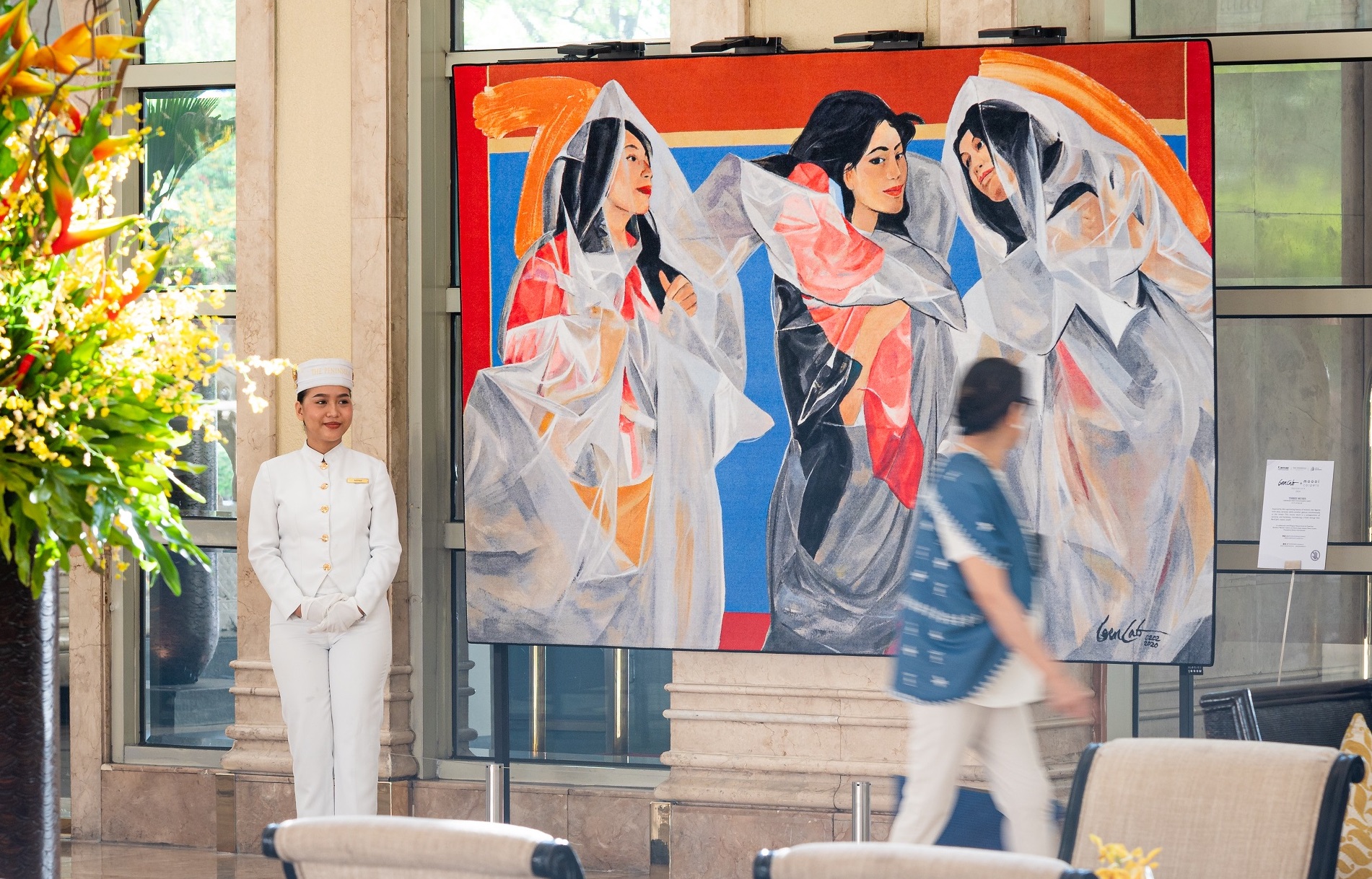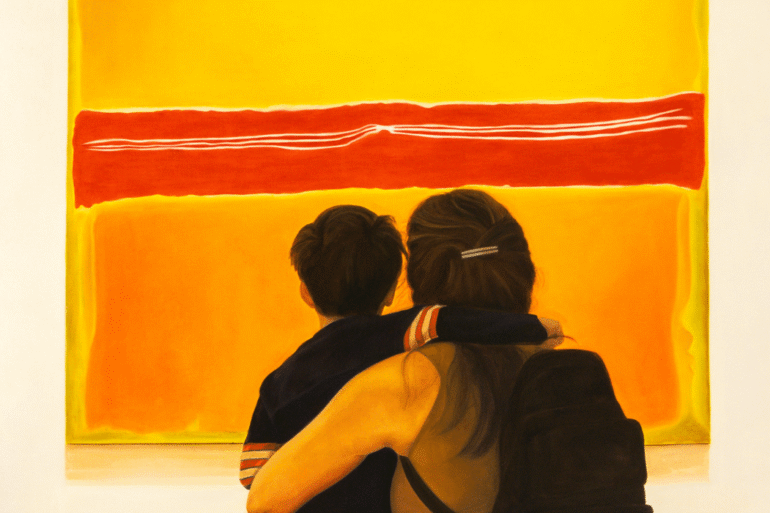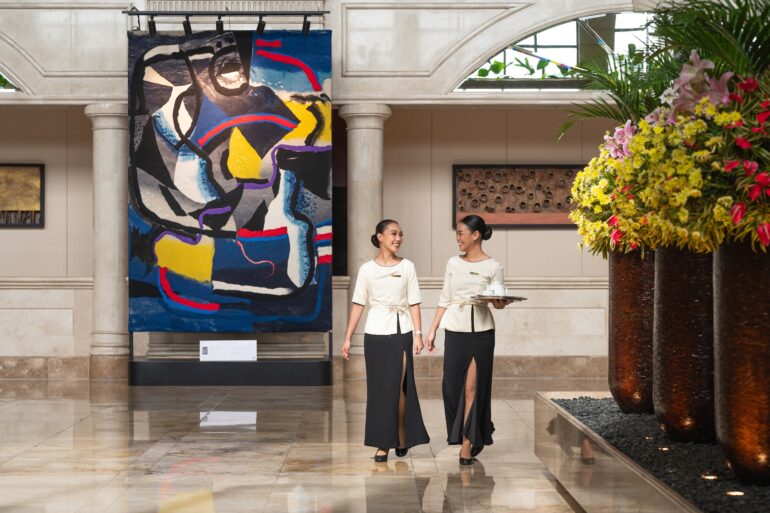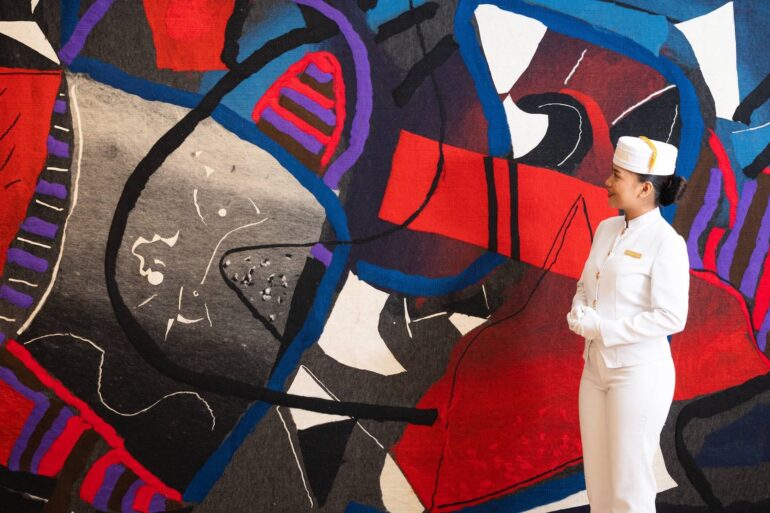Now you have the chance to see eight of the National Artist’s works reimagined in tapestries.
A new exhibition called “Bencab + Moooi Carpets—Edition of 8” gathers eight site-specific works of art based on National Artist for Visual Arts Benedicto “Bencab” Cabrera’s recognizable subjects re-imagined in a limited-edition: contemporary tapestries.
Presented by Abitare Internazionale and The Peninsula Manila-Art in Resonance, the vibrant works feature women and children, muses and dancers blending seamlessly with the hotel’s refined surroundings. As though they have been there for years, each work watches over the comings and goings of guests in one of the city’s luxury landmarks.
A museum experience in a hotel
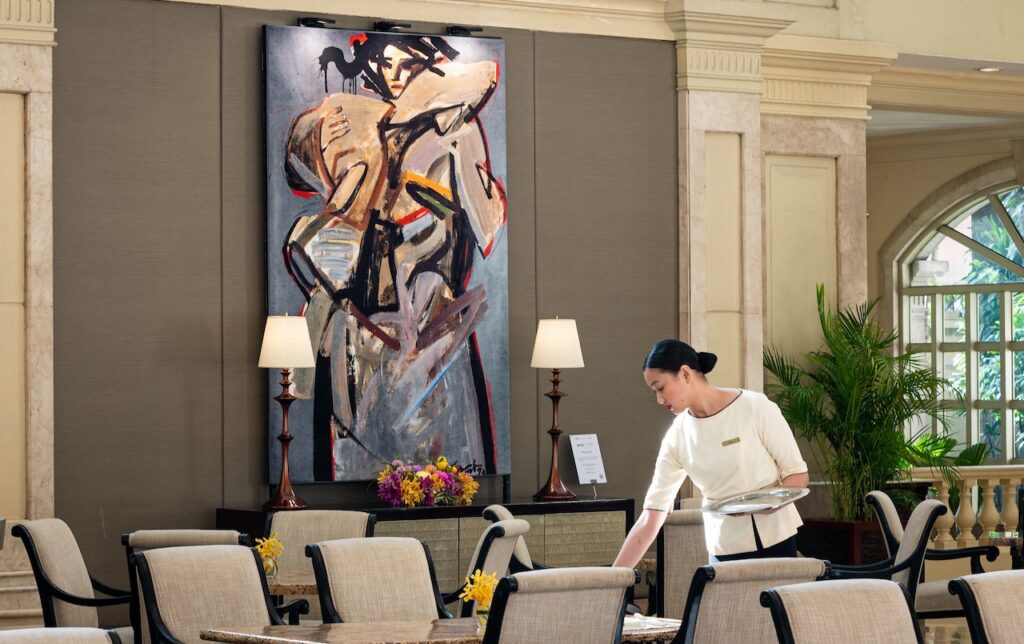


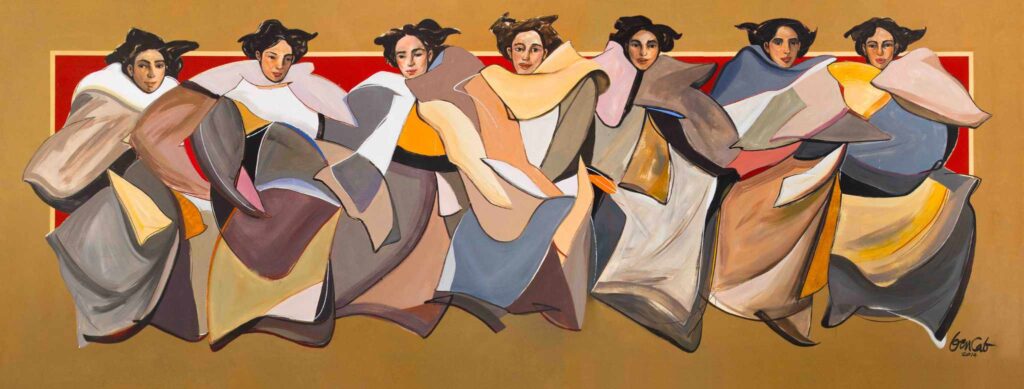


Peninsula pages clad in white open the glass doors, as one of Bencab’s latest works, Three Muses, mesmerizes guests entering the lobby. This is flanked by abstracts from the early 1990’s—the arresting Tryptych of Sabel 2 and Tryptych of Sabel 3.
Guests checking in are treated to two works celebrating movement, form, and color—tributes to modern dance pioneer Isadora Duncan in Isadora’s Dance, an interpretation of one of Bencab’s recent paintings, Sette Movimenti.
The Madonna IV, meanwhile, sits at Old Manila in bold and striking colors, embodying the bond between a mother and her child, which will always be a recurring theme in any Bencab collection.
For this new collection, two children have found themselves rendered in a much bigger medium: the handsome young Farm Boy and the enigmatic Noong Bata Pa Si Sabel, as if conversing in a well-lit corridor, both with their own stories to tell.
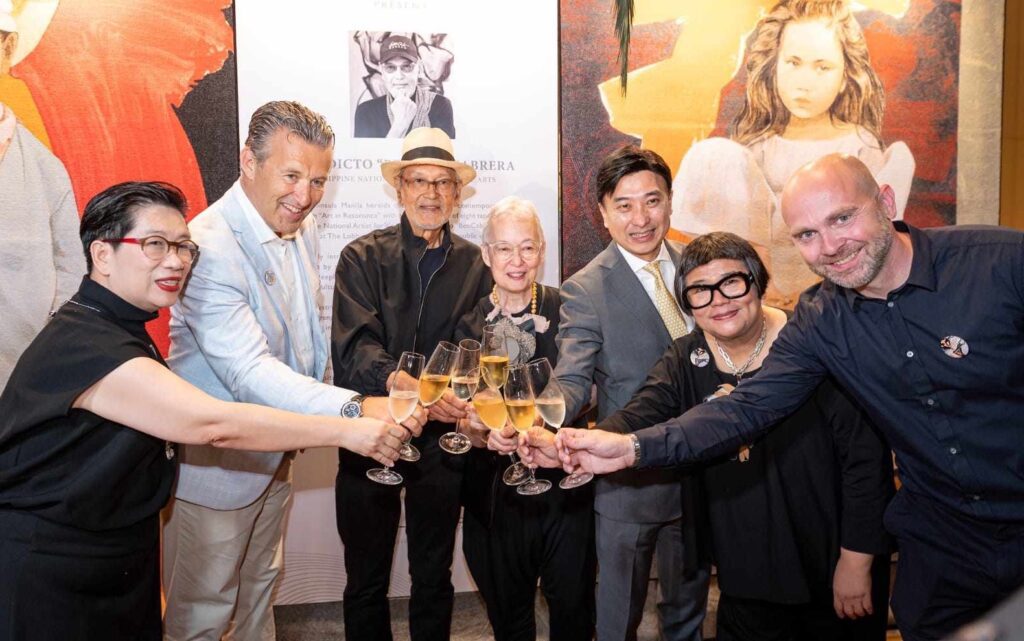


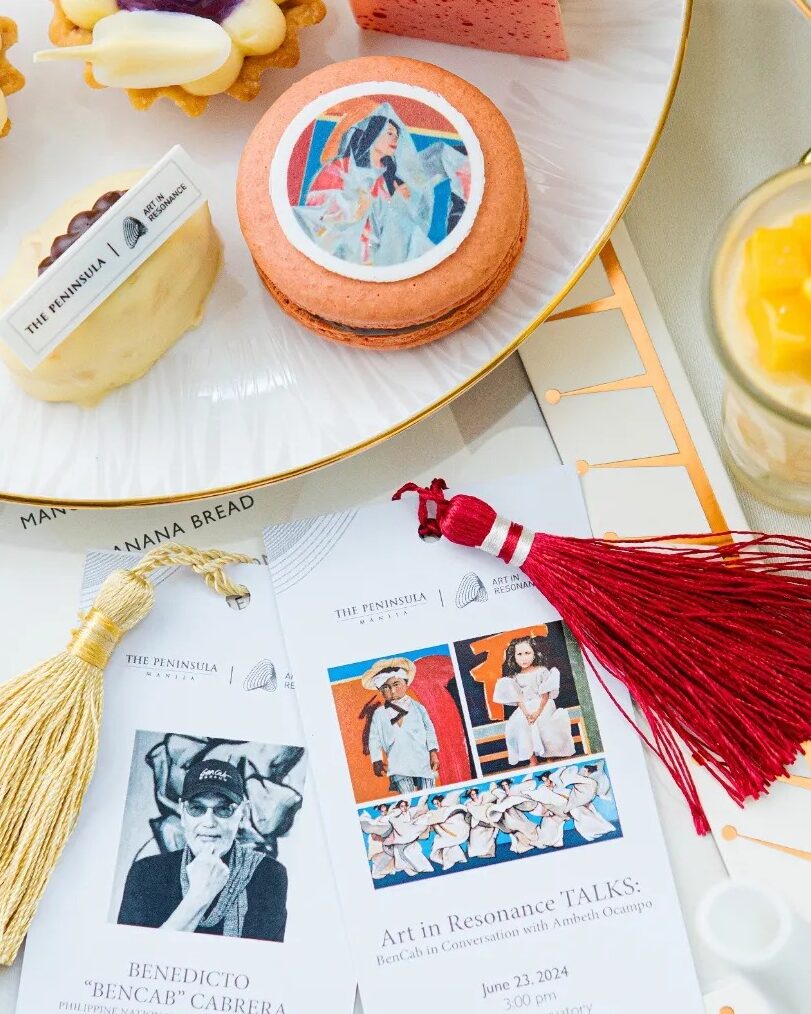


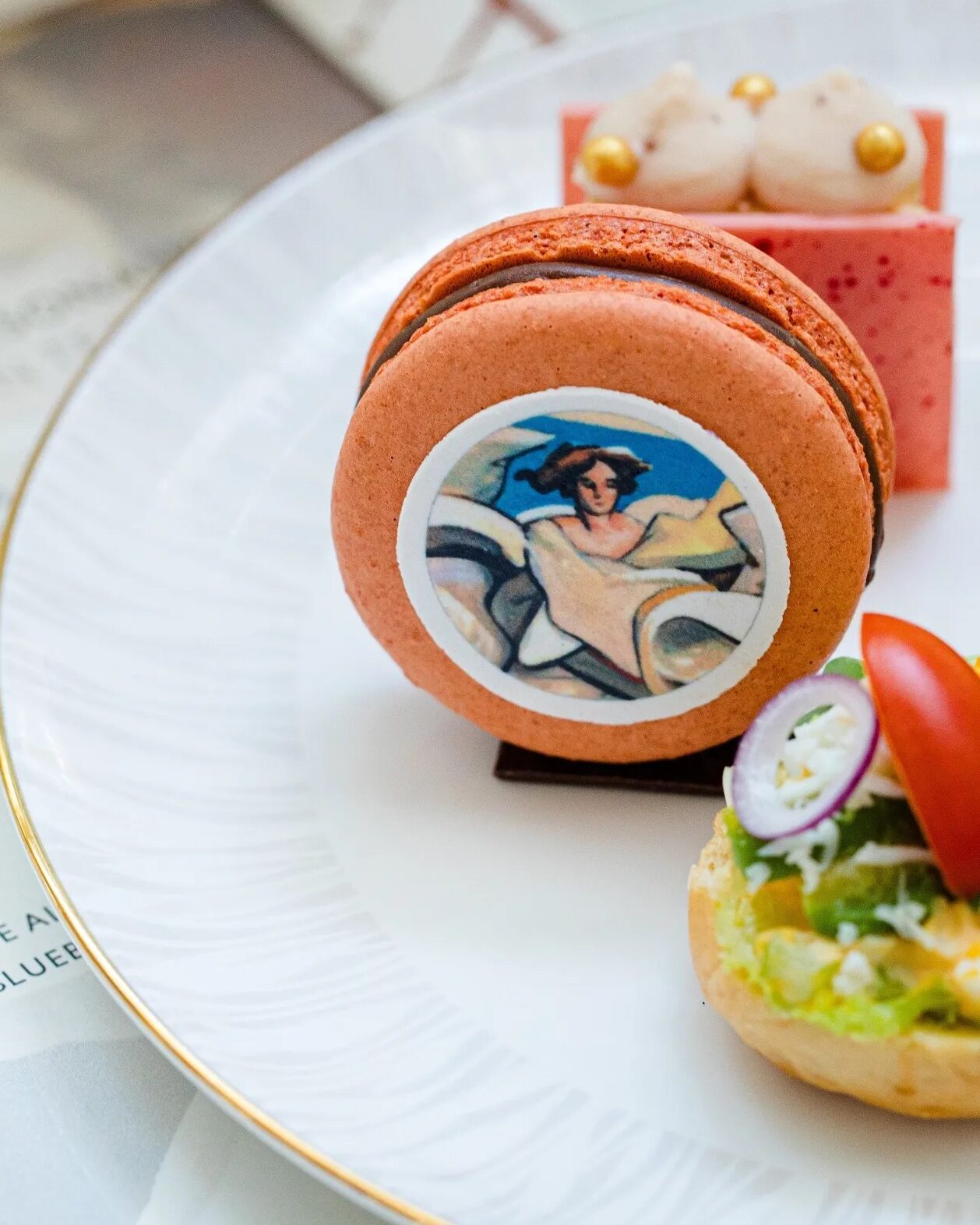


Digital technology captures the rich colors, details, and nuances of Bencab’s original paintings with razor-sharp precision. The modern-day tapestries have become unlikely yet enthralling signals of quiet luxury, not so different from the iconic Manila Pen.
Bencab’s body of work, with his singular style and vision, challenges the conventional notions of luxury while amassing devoted fans—including tea fans as the Peninsula Manila presents Art in Resonance Afternoon Tea inspired by his tapestries.
The hotel is also holding “Art in Resonance Talks: BenCab in Conversation with Ambeth Ocampo.” The artist and historian will talk about Bencab’s search for Filipino identity and the social and cultural contexts behind his work. The talk will be on June 23, 3 pm, at The Conservatory. It will be followed by an afternoon tea buffet at 4 pm at The Upper Lobby. Pre-registration and pre-payment are required.
A monumental perspective
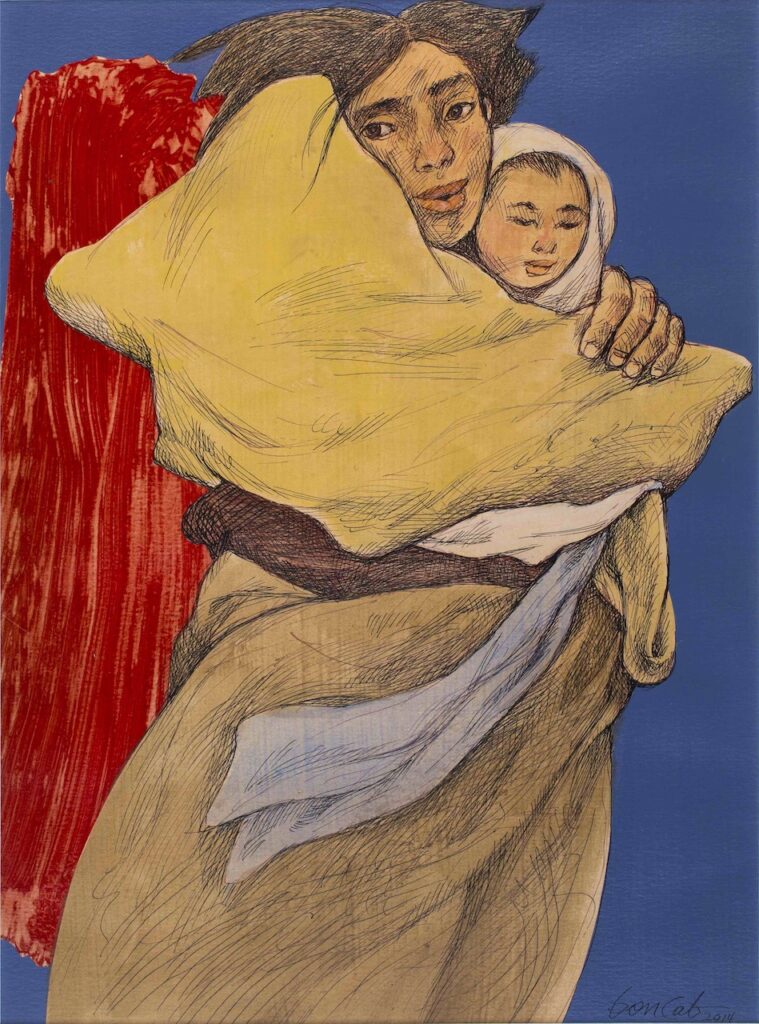


It’s been eight years since Abitare Internazionale approached Bencab with the idea of transforming his paintings into large scale, digitally printed tapestries. Those energetic conversations spanning three locations in two continents produced three limited-edition collections of tapestries that represent a new and curious expression, visually stunning, flexible, and attuned to the times.
The Malabon-born artist says he has always been comfortable working with Abitare Internazionale. “They are professional, creative, open to ideas, respectful of my opinion, and give me the space I need. It was not difficult to convince me to collaborate with them on such a project.”
When choosing the artworks that would be reproduced in tapestry form, Cabrera explains that he chose the artworks together with Filaine and Jeanne of Abitare Internazionale, “taking into consideration the subject matter, colors and configuration of the artwork.”



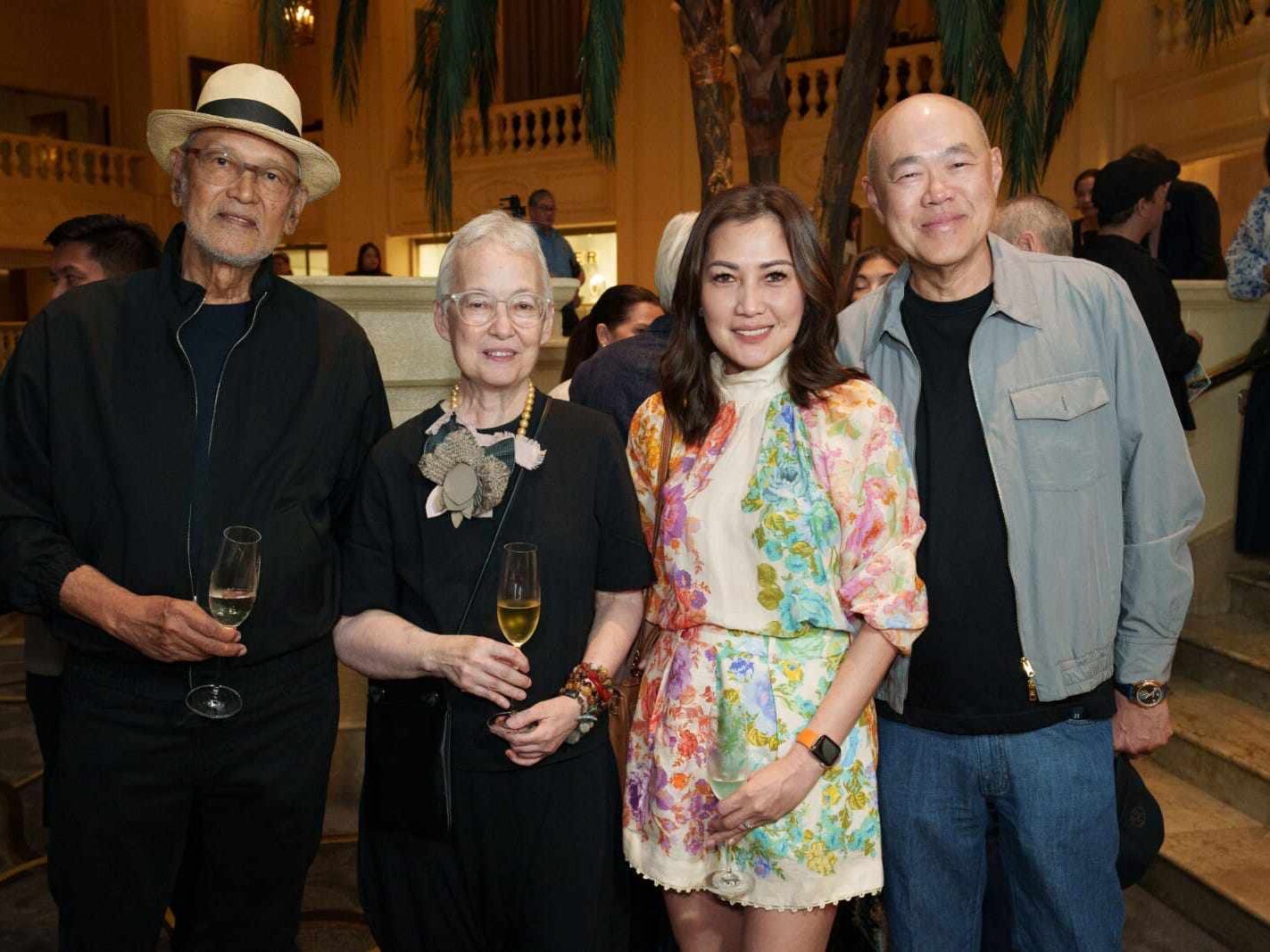


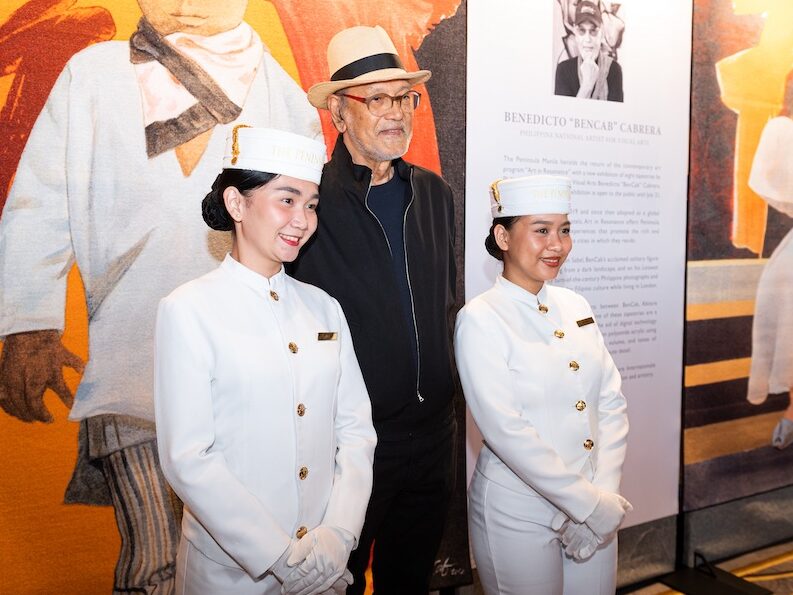


The carpets were printed on a 100-meter-long high resolution printer, shares Martien Valentijn, president and CEO of Moooi Carpets. Once printed, each went through a steamer to fix the colors on the yarn, then the rugs were cut and finished. Valentijn emphasized that carpets are “really important” in a space. “You can highlight a room with a rectangular rug or you can create a cozy feeling with a more toned down design.”
He further explained that the carpets they have in their regular signature designs (not the Bencab ones) are meant to be put on the floor. Asked how he feels about having their stunning products stepped on, he replied: “When it comes to art, we normally hang them as a tapestry. We call our signature collection design pieces for the floor.”
Meanwhile, Cabrera shares that while his artworks have been reproduced on various products and merchandise, the collaboration with Moooi Carpets gives a “monumental perspective” to his paintings since they are faithfully reproduced. “The details and nuances in the artwork can then be better appreciated on such a large scale,” he adds.
An artist for all times
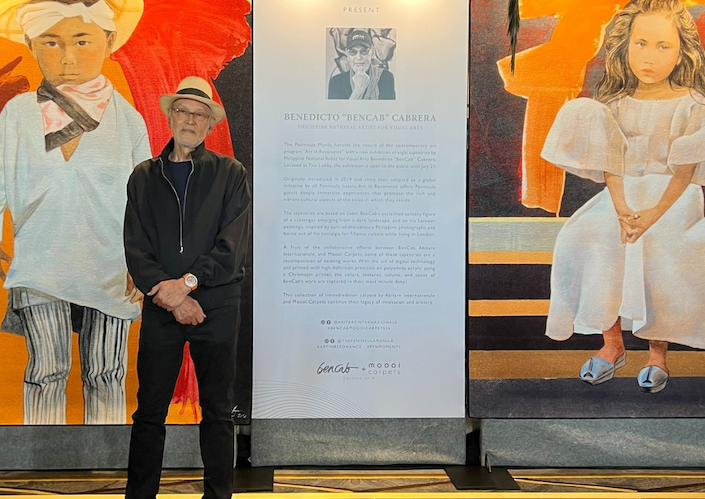


The Baguio-based artist, widely hailed as a master of contemporary Philippine art, was born in Malabon on April 10, 1942. In 1963, he began carving a niche for himself in Manila’s art circles shortly after receiving his bachelor’s degree in Fine Arts from the University of the Philippines.
A painter and printmaker, he has exhibited in the Philippines and in Asia, Europe and the United States, and has won several major art awards in a career spanning four decades. In 1992, he received the Gawad CCP Para sa Sining (Cultural Center of the Philippines Award for the Arts).
In 2006, Bencab was conferred the Order of National Artist for Visual Arts by President Gloria Macapagal-Arroyo in Malacañang. The award’s citation stated: “Bencab’s exploration of form, finding his way out of the late neo-realism and high abstraction of the sixties to be able to reconsider the potency of figurative expression had held out vital options for Philippine art in the Martial Law years in the seventies through the contemporary era.”
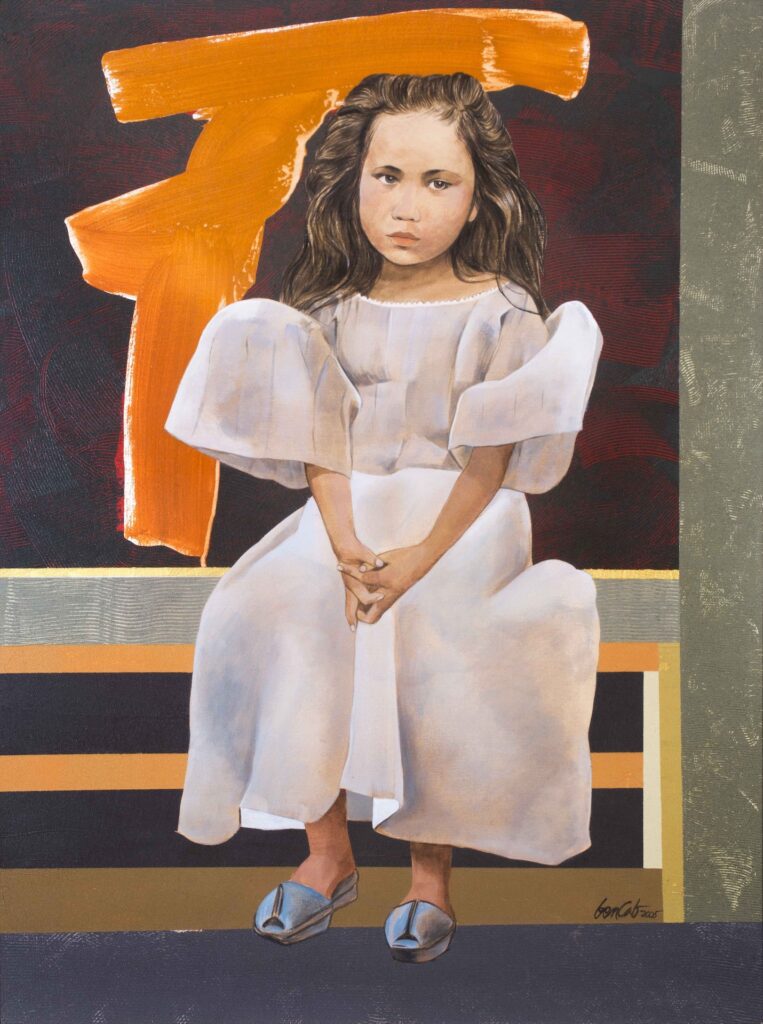


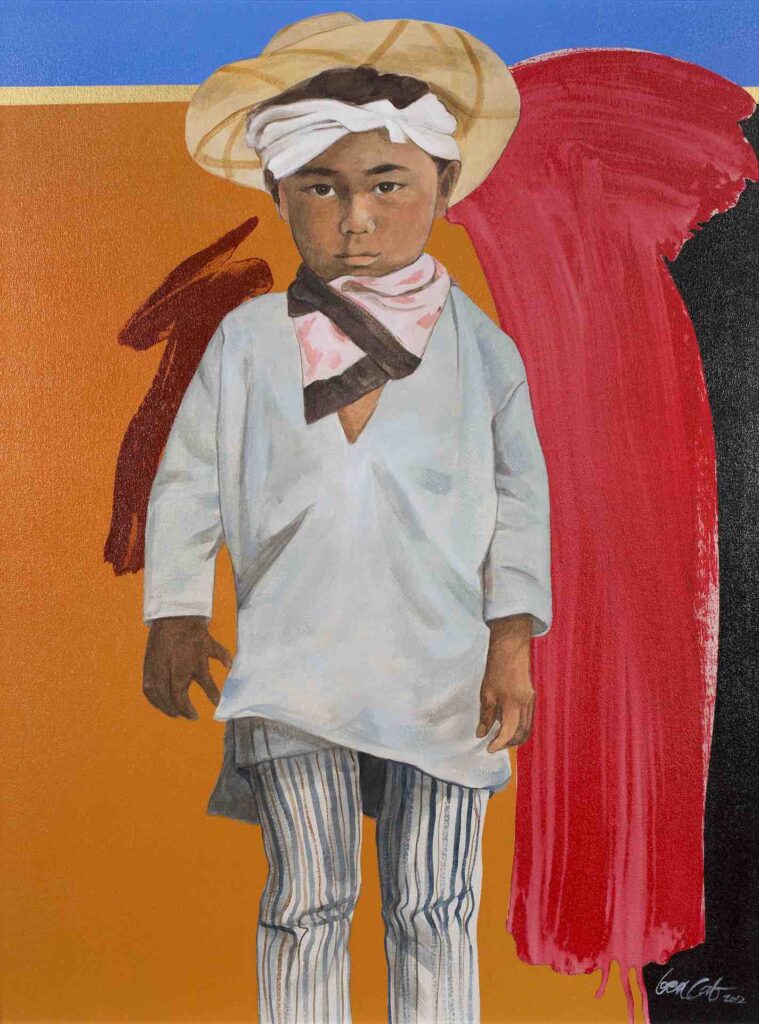


To this day, Bencab’s mastery of his art and his profound meditations on the vast inequities of Philippine society affect and inspire beyond the hallowed confines of art. Exploring societal issues and the Filipino identity has allowed him to create some of Philippine art’s most memorable works, such as the real-life street scavenger “Sabel,” whom he photographed and sketched in the early ‘60s, a groundbreaking venture into abstraction, experimentation with shapes, shades, and structure.
His watershed exhibition entitled “Larawan,” inspired by found Filipiniana photographs and prints, gave birth to sepia-toned acrylic paintings, where today’s issues are seen through the imagery of the past, this time through Moooi carpets, which are—quite literally—larger than life.
As Bencab’s paintings continue to be sought after, his recent ventures into new mediums and collaborations can be seen as democratization as each edition is launched.
Presented by Abitare Internazionale, “Bencab + Moooi Carpets—Edition of 8” runs until July 21 at The Lobby of The Peninsula Manila. The hotel is also holding “Art in Resonance Talks: BenCab in Conversation with Ambeth Ocampo” on June 23 at The Conservatory, 3 pm. Visit the hotel’s website for more information.

